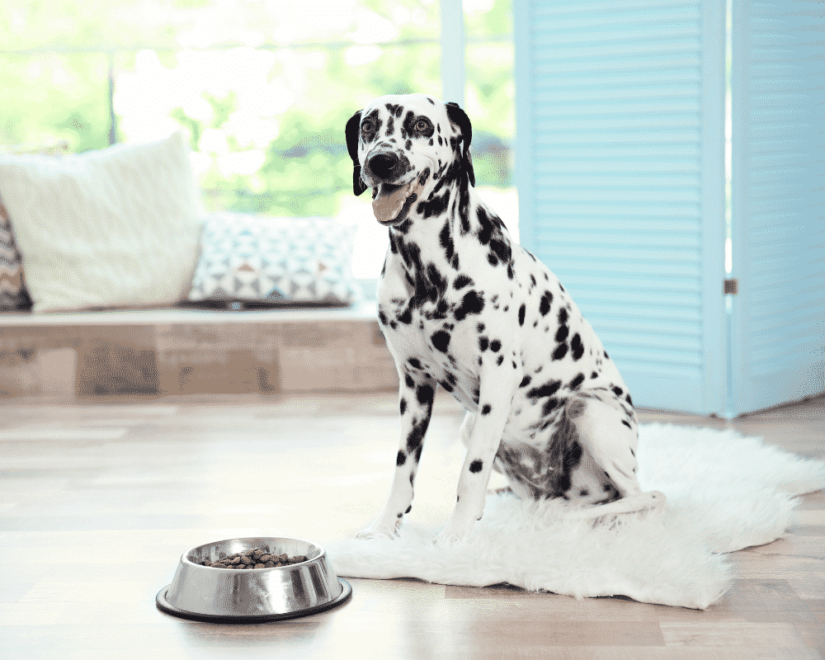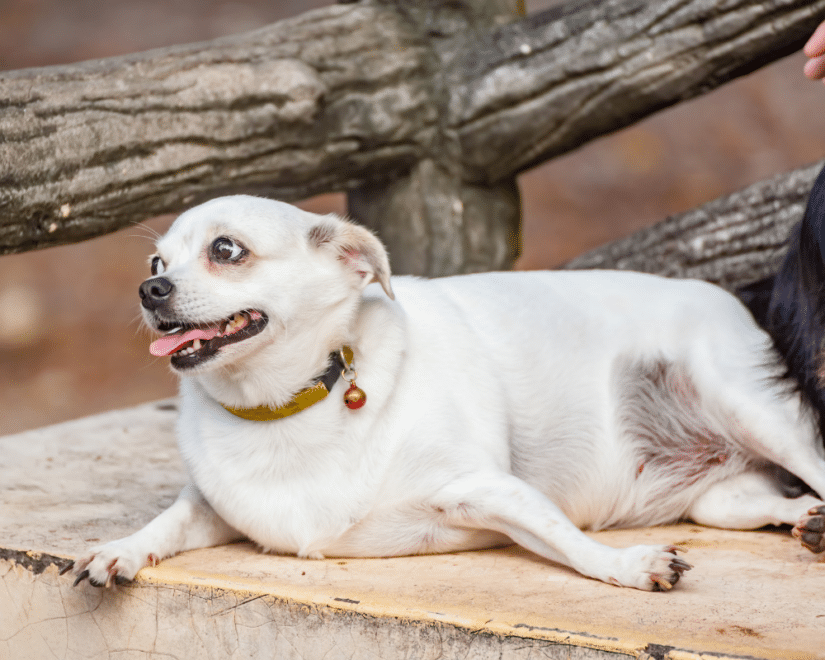These days, eating options for our canine friends are about as diverse as they are for their human counterparts.
With options including raw, freeze-dried and kibble, it can be challenging as a pet owner to understand the differences between the different food products.
We’ll break it down for you.
Raw Dog Food
How does raw dog food work?
Raw dog food is just as it sounds—uncooked meats, bones, organs, vegetables, etc. At its core, raw dog food is a natural feeding style, one that represents what canines would face in the wild.
When feeding your dog a raw diet, you have two options of where you can get the food from. You can purchase pre-packaged raw dog food from a commercial retailer, or you can make it yourself.
Raw diets boast a handful of benefits to your dog’s health, including increased energy levels, improved dental hygiene because of bone consumption and healthier skin and coats. Raw dog food also contains a much higher water content than dry food, which can help achieve a feeling of fullness.
With that in mind, there are a variety of substantiated issues raw diets can present to pets and even pet-owners.
Feeding your dog a raw diet can run the risk of introducing bacteria, like Escherichia coli, salmonella and staphylococcus, into your household without proper feeding and cleaning methods. The immuno-compromised or children who have less than meticulous hygiene can be especially vulnerable.
Additionally, the bacteria in raw meat can be dangerous to our furry friends by causing gastrointestinal or systemic disease. Parasites such as Neospora caninum and trichinella spiralis found in raw meat can cause inflammation and infection. Finally, if bones are not consumed properly, it can result in chipped teeth and choking.
Freeze-Dried Dog Food
What is freeze-dried dog food?
At your local pet store or online retailer, you can likely find raw dog food that’s freeze-dried.
Freeze-drying is the process by which water is removed from formulated food. This is accomplished by freezing the wet product, then vacuum sealing the product while raising the temperature. This causes the frozen water to turn into vapor and disperse from the food while many of its nutrients remain.
The benefits of freeze-dried foods are similar to those of the raw dog food diet. Freeze-dried foods are a fast and simple alternative to raw food since you don’t have to handle or prepare wet, raw material.
It is important to note that bacteria-related problems are not isolated to fresh raw diets. While the freeze-drying process limits the ability for new bacteria to grow and causes pathogens to enter dormancy, it does not inherently kill the bacteria.
Kibble Dog Food
Doggie kibble is at the other end of the feeding spectrum. Kibble food includes formulas that are processed together and cooked. Added preservatives are included to increase product longevity.
Brands of dry food that meet the Association of American Feed Control Officials (AAFCO) standards are required to meet the nutritional needs of your canine, and per USDA regulation, are to be produced under sanitary conditions without harmful substances.
The major benefit of a kibble-based diet is the reduced risk of infection since the products are fully cooked. Additional benefits include portability, healthier gums, reduced levels of plaque and cost-effectiveness.
No matter what diet you choose for your pet, it’s crucial that you consult your veterinarian prior to making a decision. Discuss the options with your vet to ensure you’re feeding your furry friend a balanced diet that supports their breed, age, physical condition, lifestyle and more.
At Pet Butler, we strive to create a healthy outdoor environment for you and your pet. Learn about our poop scooping services.

